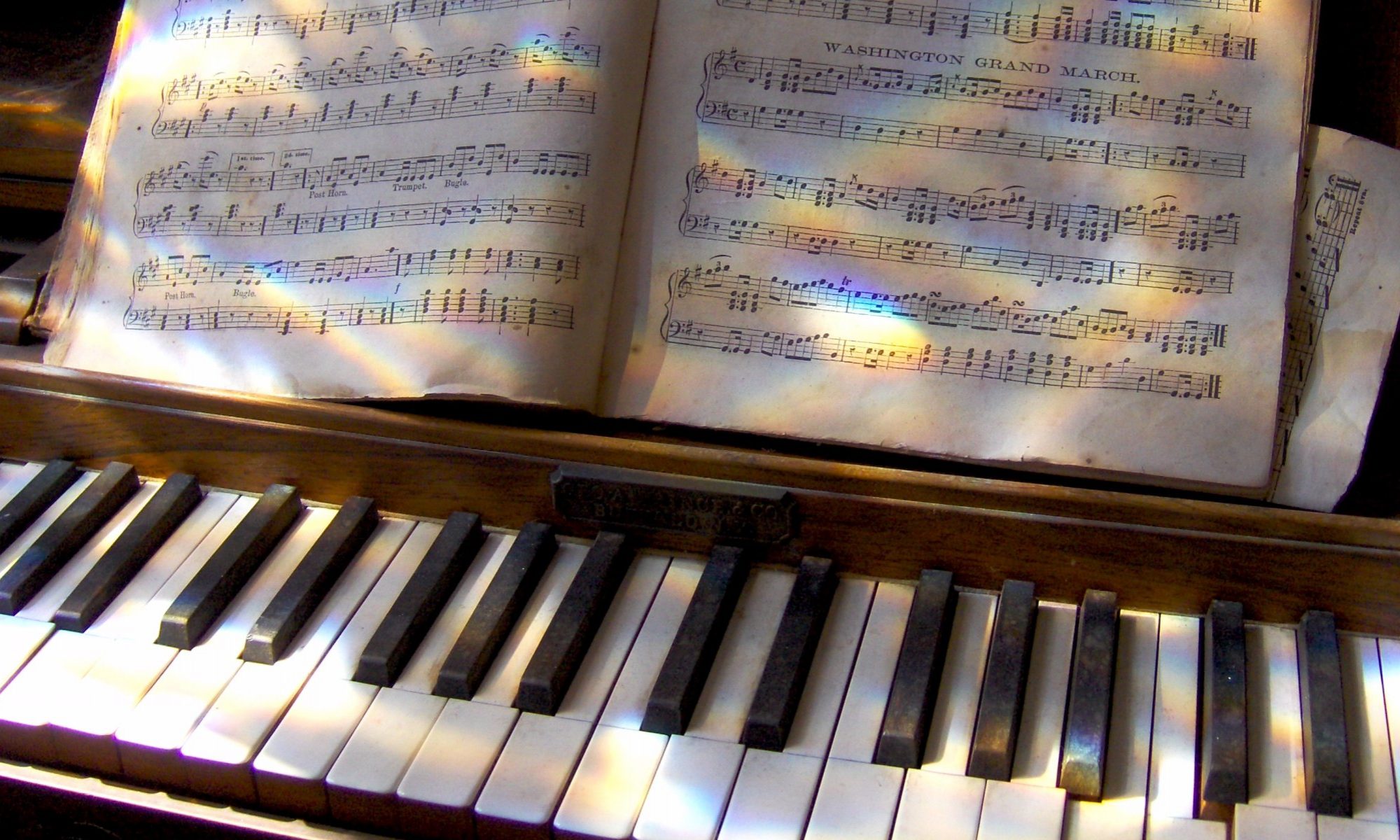This week we wrapped up the final presentation and our integration with different components of the system. the integration went relatively smoothly for my software component with the raspberry pi part. The entire system seems to able to come together and function properly.
We still need to do more testing with playing the keys on the keyboard and monitoring the final sheet music generated on my end, which we have yet to complete.
After contacting Tom Sullivan, we made some pivot in my part to transition into generate the sheet music at the end instead of real time, as there is no point in trying to generate the score as someone is playing something they already have in mind. I am doing some connections between my original code with the new interface that we decided to use.
I also realized that my original implementation of the algorithm does not take into account of the fact that there could be rests in music. This is quite important as notes are not necessarily continuously out in a piece, and there is inevitable some rests in the music. So I am modifying my algorithm to take that into account.
